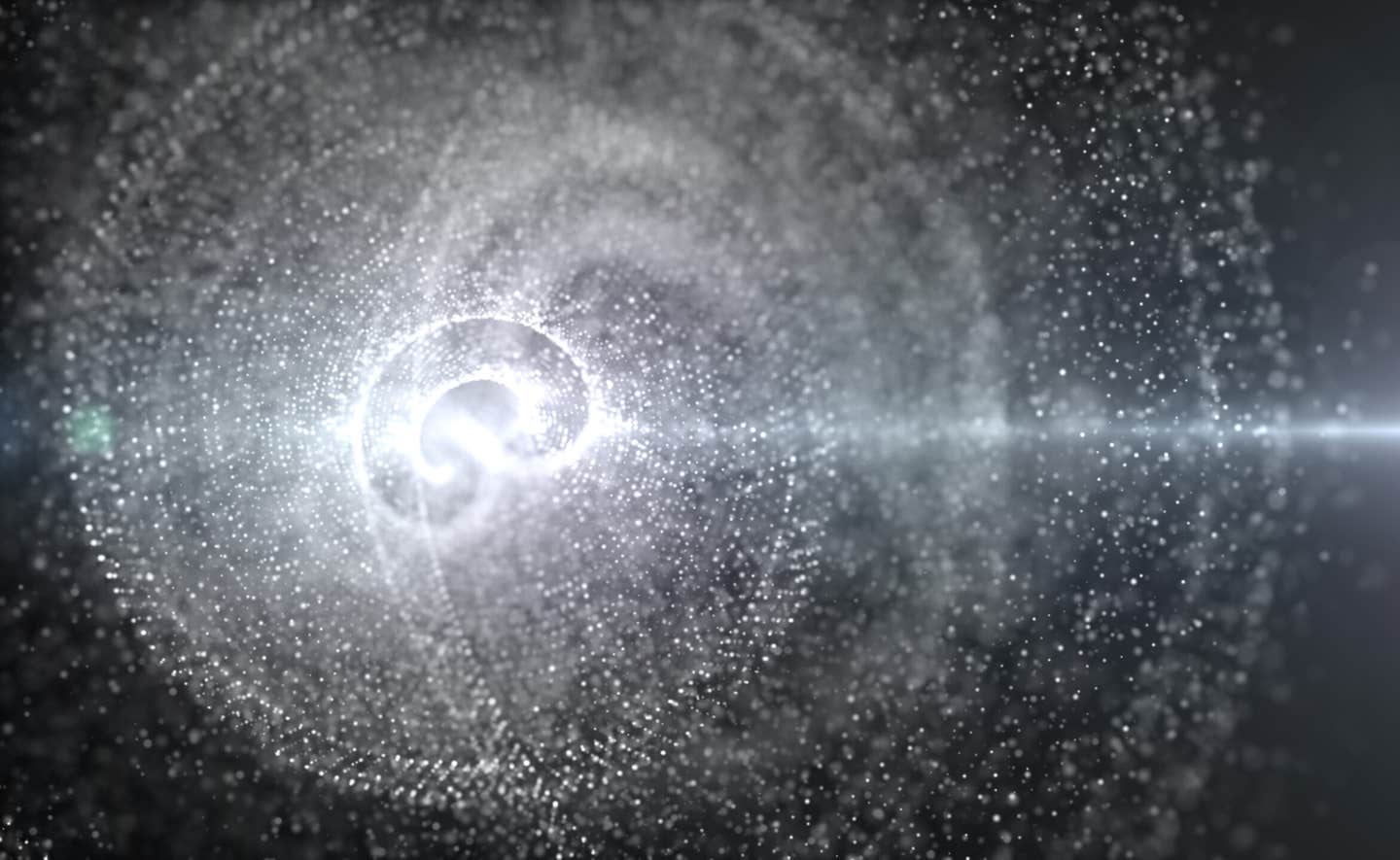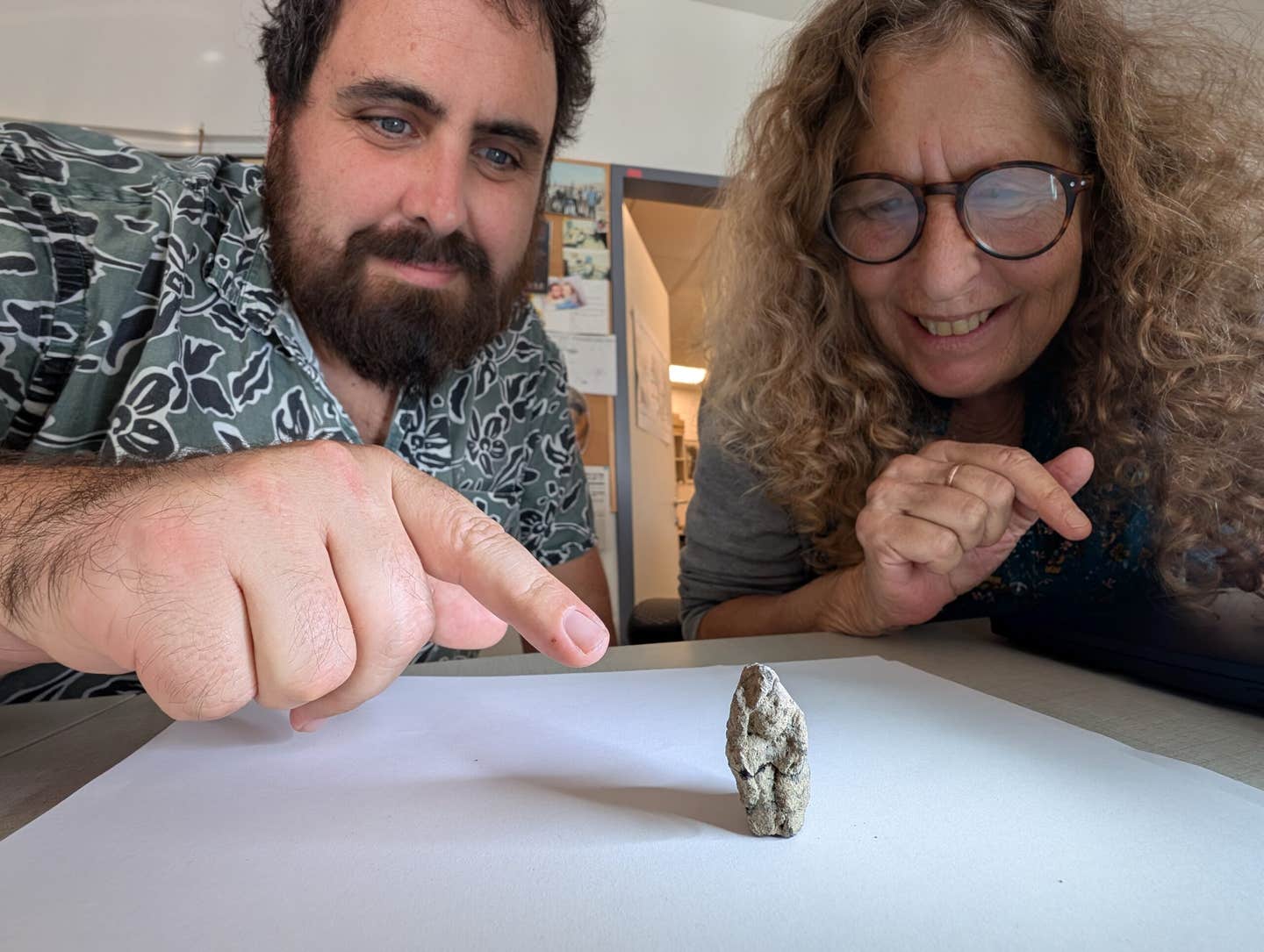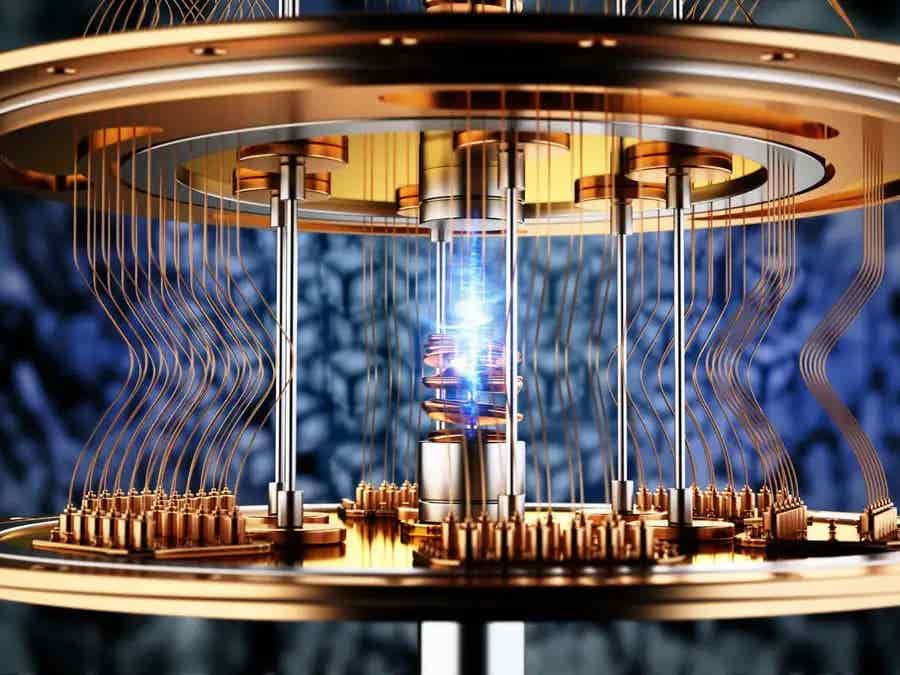Dark matter and dark energy may not exist, new research finds
A bold new model suggests dark matter and dark energy might not exist. Instead, shifting cosmic laws could explain galaxies and expansion.

A new study suggests dark matter and dark energy may be illusions caused by shifting cosmic laws. (CREDIT: Shutterstock)
Scientists have long embraced the fact that forces beyond sight govern the universe. Dark matter, they think, holds galaxies together with extra gravity, and dark energy drives the universe's expansion. These unseen components supposedly make up about 95 percent of what exists. What if they don't exist at all?
A newer paper by Rajendra P. Gupta, an adjunct physics professor at Ottawa University, suggests a radical alternative. Instead of filling the universe with invisible particles and energies that none have been able to detect yet, Gupta suggests that the underlying laws of nature itself could be changing as the universe ages.
The universe's forces actually diminish on average as the universe grows," Gupta says. "The reduction has the effect of causing the universe to seem to be being pushed by some mysterious force, which we call dark energy. The same forces create extra gravity on the galactic scale, which we hold accountable for dark matter. But they might be illusions."
His work is built on top of decades of earlier work. The theory, CCC+TL in short, uses standard matter and a variable constant to describe mysterious galactic motion.
A Universe with Changing Rules
At the heart of Gupta's hypothesis is the idea that the universe's constants, such as the speed of light or the strength of gravity, will not necessarily remain absolute forever. Instead, they might shift very slowly as the universe changes and ages over time. If that is the case, then this slow creep in the underlying laws of physics could potentially produce effects that are very similar to dark matter and dark energy.
The CCC+TL model also brings back the old "tired light" hypothesis, whereby photons lose energy as they travel cosmological distances. Both of these ingredients combine to generate what Gupta calls α-effects, after the dimensionless parameter α. They manifest in his equations as disguised energy or matter but are in fact mathematical byproducts of the varying constants.
In starry and gassy places, the α-effects are small. Farther out, where regular matter becomes sparse, the effects strengthen, mimicking the gravitational effect of dark material that is invisible. Essentially, galaxies don't need invisible halos of dark material to explain why stars in outer regions whizz by so quickly—the laws themselves are doing the heavy lifting.
Testing the Model
To see if this revolutionary idea would work in practice, Gupta checked the SPARC database, a widely used catalog of rotation curves for 175 disk galaxies. The curves quantify how quickly stars and gas orbit around a galaxy's center at different distances.
Traditionally, the flat shape of such curves has been dark matter's smoking gun. The outer stars in galaxies are too fast to be explained by ordinary material. Gupta replaced a "turn-off density," or the density where α-effects start becoming important. This approach was more consistent galaxy to galaxy than having a constant radius since density will vary less erratically.
When he applied his model to galaxies such as NGC 3198 and a few others, the predictions fell into place very accurately with what has been observed. With only a single tunable parameter per galaxy—the turn-off density—his equations managed to replicate rotation velocities that have confounded astronomers for decades.
He also notes that the acceleration values at these turn-off points are remarkably close to those used in Modified Newtonian Dynamics (MOND), another dark matter-eliminating model. But Gupta maintains his work is independent of MOND and comes directly from varying constants.
Beyond Rotation Curves
The theory does not stop there at galaxies. Earlier, Gupta had shown that CCC+TL had the potential to explain the big-scale cosmological structures as well, ranging from the appearance of light coming from distant supernovae to the cosmic microwave background structure. These are of the same kind of evidence routinely used to validate dark matter and dark energy.
His model even pushes back the universe's age. Suppose the constants of nature change with time. The cosmic clock runs at a different pace. That longer history enables black holes and early galaxies to accumulate mass rapidly, avoiding one of astronomy's greatest enigmas: how such intricate structures emerged so quickly after the Big Bang.
"Most exciting is that this new perspective lets us explain what we see in the sky without having to imagine there is something moving out there," Gupta says. "It's all just because nature's constants vary as the universe ages and lumps up."
Limits and Next Steps
The proposal is ambitious, but there are caveats. Gupta admits that his model presupposes that galaxies exist as spheres, though in reality galaxies are disk-shaped or irregular. He also admits to working with coarse unsmoothed data having the risk of mistakes.
Perhaps the biggest challenge is that the theory has yet to be tested against gravitational lensing, where large objects bend light behind them. Lensing is already well-described by dark matter, so if CCC+TL is going to fly, then it has to be able to describe it as well.
Despite these open questions, Gupta's study stirs up fresh controversy. If accurate, it would be upsetting the underpinnings of modern cosmology. Billions of dollars and decades of effort have been invested searching for particles of dark matter. But this model suggests they may not exist at all—or if they do, they make up much less of the universe than has been thought.
"Sometimes the best response is the simplest response," Gupta adds. "Perhaps the universe's biggest secrets are nothing more than illusions played on us by the evolving constants of nature."
Practical Implications of the Research
If this method proves up to further testing, it may radically reshape the fields of physics and astronomy. Rather than spending huge resources in pursuit of elusive particles, scientists could be working to make more precise measurements of cosmic constants over time and distance.
That change might accelerate breakthroughs in learning how galaxies develop, how the universe itself is expanding, and even how life-sustaining conditions come to exist in planetary systems.
For the public, the prize is no less sensational. A longer-lived universe with evolving rules writes a new cosmic history. It can also signify that the universe is less mysterious and elusive and ruled by invisible matter but by laws that are more intuitive and quantifiable.
Research findings are available online in the journal MDPI Galaxies.
Related Stories
- Could supermassive gravitinos be the key to dark matter?
- James Webb Space Telescope spots dark matter halo within rare Einstein cross
- Two bold dark matter theories could reveal the universe’s missing mass
Like these kind of feel good stories? Get The Brighter Side of News' newsletter.
Joshua Shavit
Science & Technology Writer and Editor
Joshua Shavit is a Los Angeles-based science and technology writer with a passion for exploring the breakthroughs shaping the future. As a co-founder of The Brighter Side of News, he focuses on positive and transformative advancements in AI, technology, physics, engineering, robotics and space science. Joshua is currently working towards a Bachelor of Science in Business and Industrial Engineering at the University of California, Berkeley. He combines his academic background with a talent for storytelling, making complex scientific discoveries engaging and accessible. His work highlights the innovators behind the ideas, bringing readers closer to the people driving progress.



